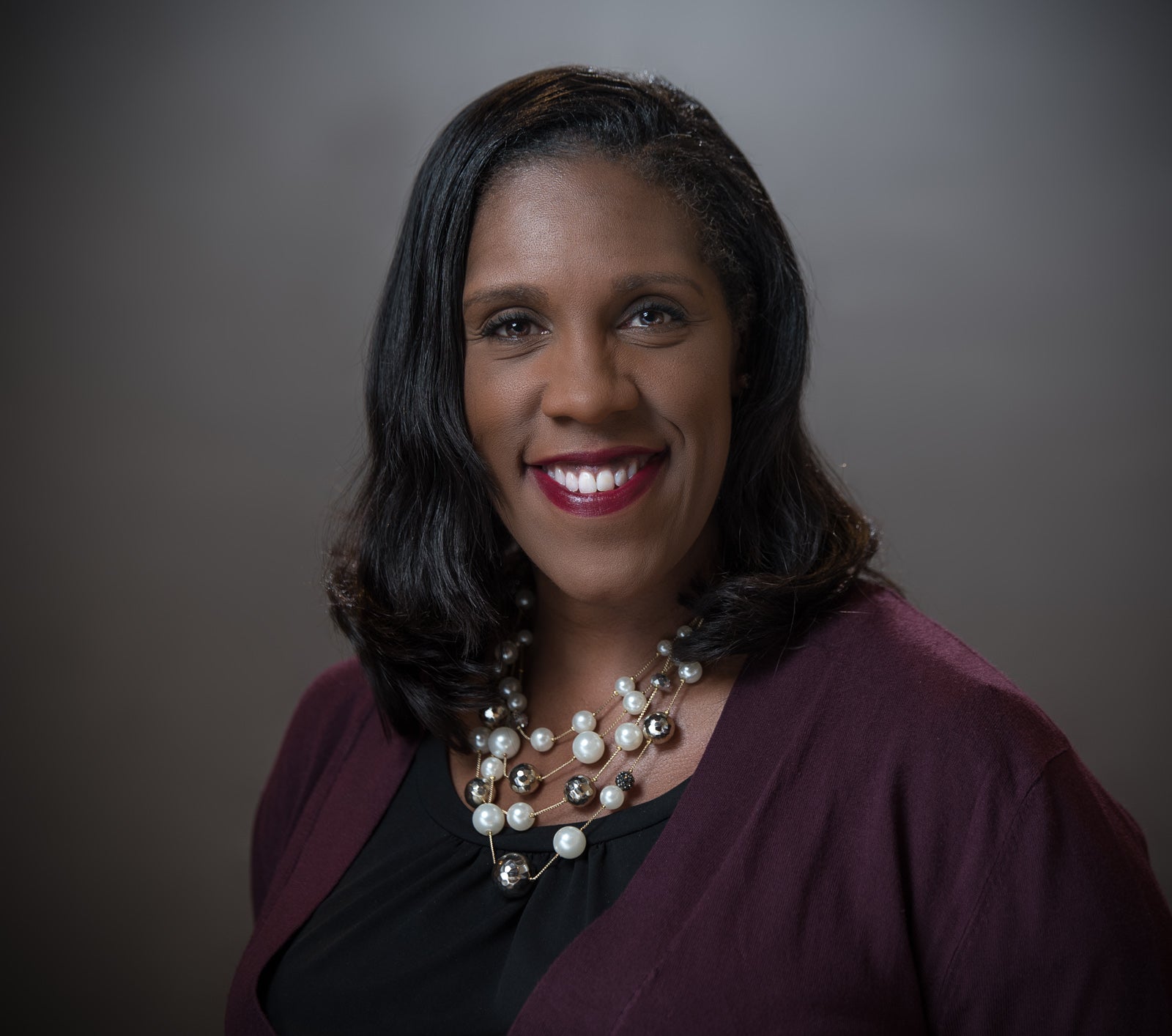The biggest problem with feminism today—and how to fix it
American feminism has always had a race problem. Now, in its fourth wave, more women of color have a voice. But that doesn’t mean all problems are solved. More recently, the 2019 Women’s March fractured into two competing marches around accusations of anti-semitism, resulting in a smaller turnout than in previous years.


American feminism has always had a race problem. Now, in its fourth wave, more women of color have a voice. But that doesn’t mean all problems are solved. More recently, the 2019 Women’s March fractured into two competing marches around accusations of anti-semitism, resulting in a smaller turnout than in previous years.
“This is a women’s march. We’re supposed to be allies in equal pay, marriage, adoption. Why is it now about, ‘White women don’t understand black women’?” Jennifer Willis, a wedding minister from South Carolina, told the New York Times.
Though feminist movements have brought privilege and opportunity more slowly to them, women of color have succeeded in closing the wage gap and gaining more political representation. “Women are not the victims of systemic oppression,” says Teresa Younger, the CEO of the Ms. Foundation for Women. “In spite of [everything], black women are the fastest-growing group of entrepreneurs in this country. In spite of oppression and voting rights discrimination, we saw more women elected on state level and in Congress than before, changing the face of leadership. Despite pay inequities and disparities in workplace policies, women, and men, and our LGBTQ siblings, are able to identify and define what our families will look like.”
To Younger, and many other feminists, embracing this intersectionality is one of the biggest challenges the feminist movement faces today. “The biggest obstacle is that we keep trying to silo the issues and that we’re not seeing them as interconnected the way they need to be seen,” Younger told Quartz.
She’s not just talking about the intersections of gender and race here—in our interview, she referred to connections between healthcare and reproductive rights, between pay equity and workplace equality, between toxic masculinity and sexual violence.
But Younger certainly believes more attention needs to be paid to women of color who are fighting for equality. Younger is only the second black woman to helm the Ms. Foundation, one of the oldest feminist nonprofits in the world. During her five-year tenure, Younger has amended the organization’s mission statement to more explicitly state that it supports movements led by women of color.
That’s one of few things that has changed in the organization’s mission since its founding in 1972, alongside the well-known feminist publication Ms. Magazine, she notes. “The latest issues of taking down women’s health rights, the blatant disrespect for women’s autonomy and bodies—that was going on in 1973, but back then we didn’t have data. Today, we have data. We know that women are still being paid less than men, that women of color are being paid even less,” Younger says. Data is changing how we can have those conversations, and who is open to them.
Part of the Ms. Foundation’s mission is to award grants to smaller nonprofits that act locally to further its mission, in arenas such as economic justice, women’s health, and safety. In 2018, the organization allocated just over $2 million in grants (pdf).
But you don’t have to run a big nonprofit to build up the power of intersectional feminism. “I think people feel overwhelmed about what they can do, so they do nothing,” Younger says. “You need to trust that others will do right if they are in solidarity with you. Just do one thing. You don’t have to do everything, because then you can’t do anything or you’ll burn yourself out. Figure out what your personal values are and act on them.”
That “one thing” could be bystander training, or making a monthly commitment (with your time, with your money) to an organization you believe in. Educate yourself—read James Baldwin or Monique Morris, Younger suggests. Show up to a rally and support people fighting for a cause you think is worthwhile.
At the end of the day, all of these actions require listening. “Everybody has to do their own homework. They can’t build relationships with people of color and expect them to be the educating force,” Younger says. “When I travel, people say, ‘How do we get more people of color [in our workplace], how do we hear from more voices?’ I say, well if you’re going to sit in your home, you will never be able to make the change you want to see. You need to understand what is happening with most impacted, you need to be an ally. Everyone has a lot to learn.”
That’s not to say it’s an easy process. “We need to feel uncomfortable in spaces for change and alignment to happen,” Younger says.
And it’s one that requires an awful lot of optimism—a near-constant infusion of it. It’s a challenge, but undoubtedly a worthwhile one. “I have a sign in my office, it says ‘Hope is a discipline.’ Really being intentional about being optimistic and being hopeful means we’ll have to do it every day,” Younger says. “Positive begets positive. Each day is a new day.”
This story is part of How We’ll Win in 2019, a year-long exploration of workplace gender equality. Read more stories here.